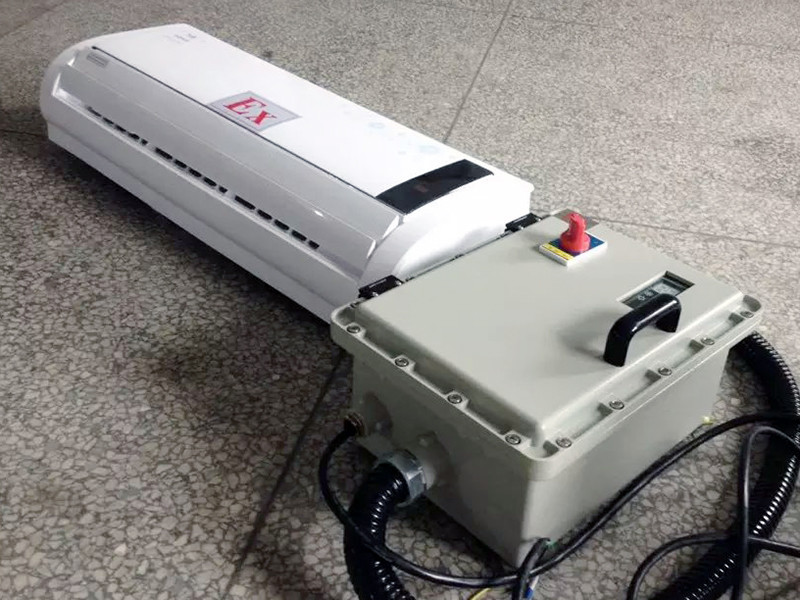With the increasing adoption of explosion-proof air conditioners among manufacturers, the quest for utilizing these units to attain optimal explosion-proof efficiency has captivated users. Common air conditioners, unsuitable for hazardous environments, pave the way for the use of explosion-proof variants. But, what are the correct methods to maximize the effectiveness of these specialized air conditioners?

Key Considerations:
In practice, some factories operate explosion-proof air conditioners non-stop, around the clock. At times, due to the extensive area covered, some air conditioners may not adequately regulate the temperature throughout, leading to prolonged stress on the compressor. This could result in internal electrical short-circuiting or burnout, adversely affecting the unit’s longevity. This highlights the importance of selecting an explosion-proof air conditioner that matches the intended area of usage, thereby enhancing both its effectiveness and lifespan.
Unfortunately, some operators subject their explosion-proof air conditioners to undue wear and tear, often allowing collisions with other objects. These units should ideally avoid such impacts as even minor bumps can damage the exterior casing, causing dents and scratches. Severe impacts could inflict substantial damage, compromising both the outer shell and internal components, leading to operational failures. Thus, it’s crucial to minimize any collision risks with the explosion-proof air conditioner during use.
Employing an explosion-proof air conditioner is fundamentally about ensuring a safe production environment. Consequently, it’s imperative to employ these units correctly. Meticulous attention to the air conditioner’s various performance aspects and choosing the right model based on its distinct features can significantly enhance its explosion-proof efficacy.
 Shenhai Explosion-Proof
Shenhai Explosion-Proof
